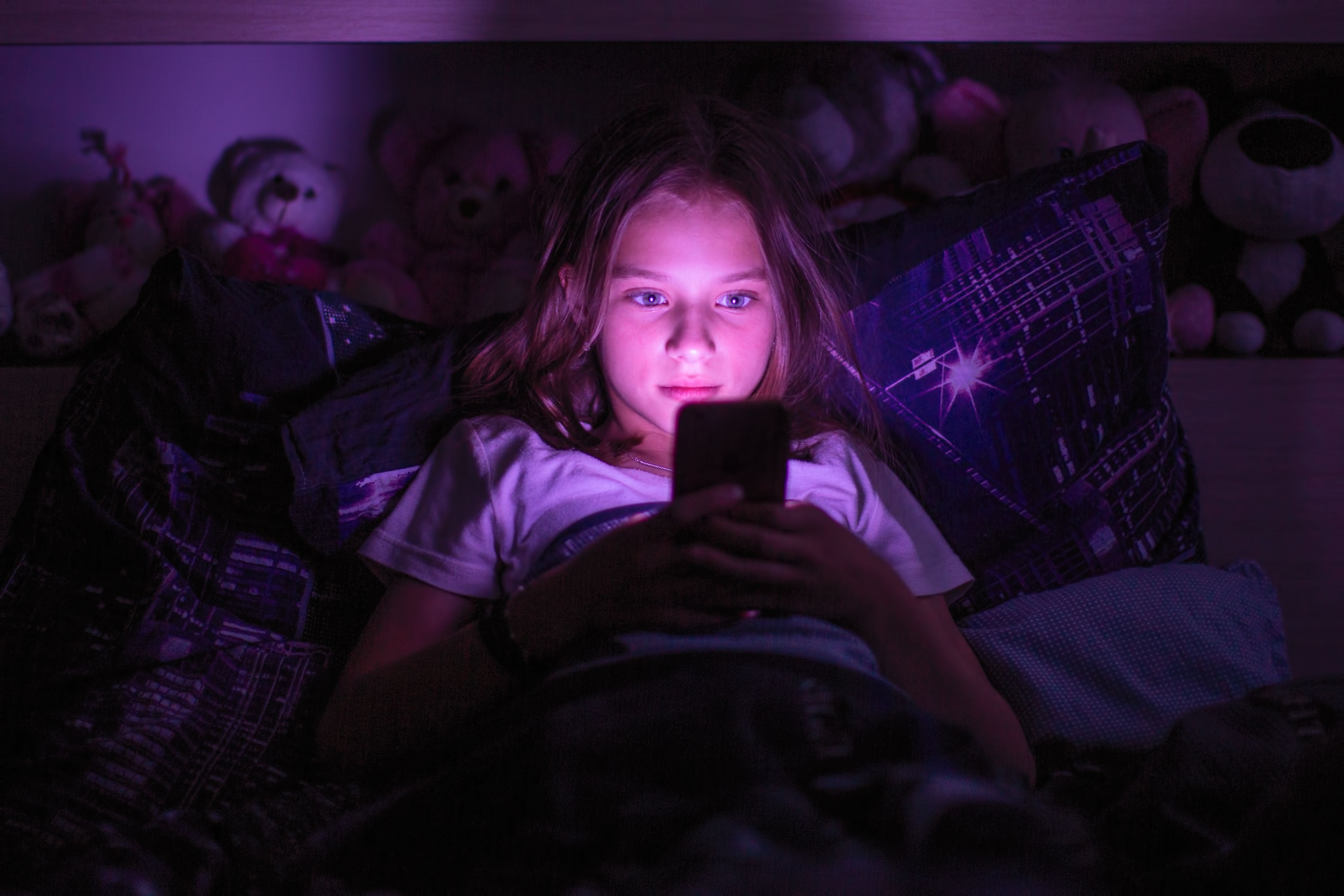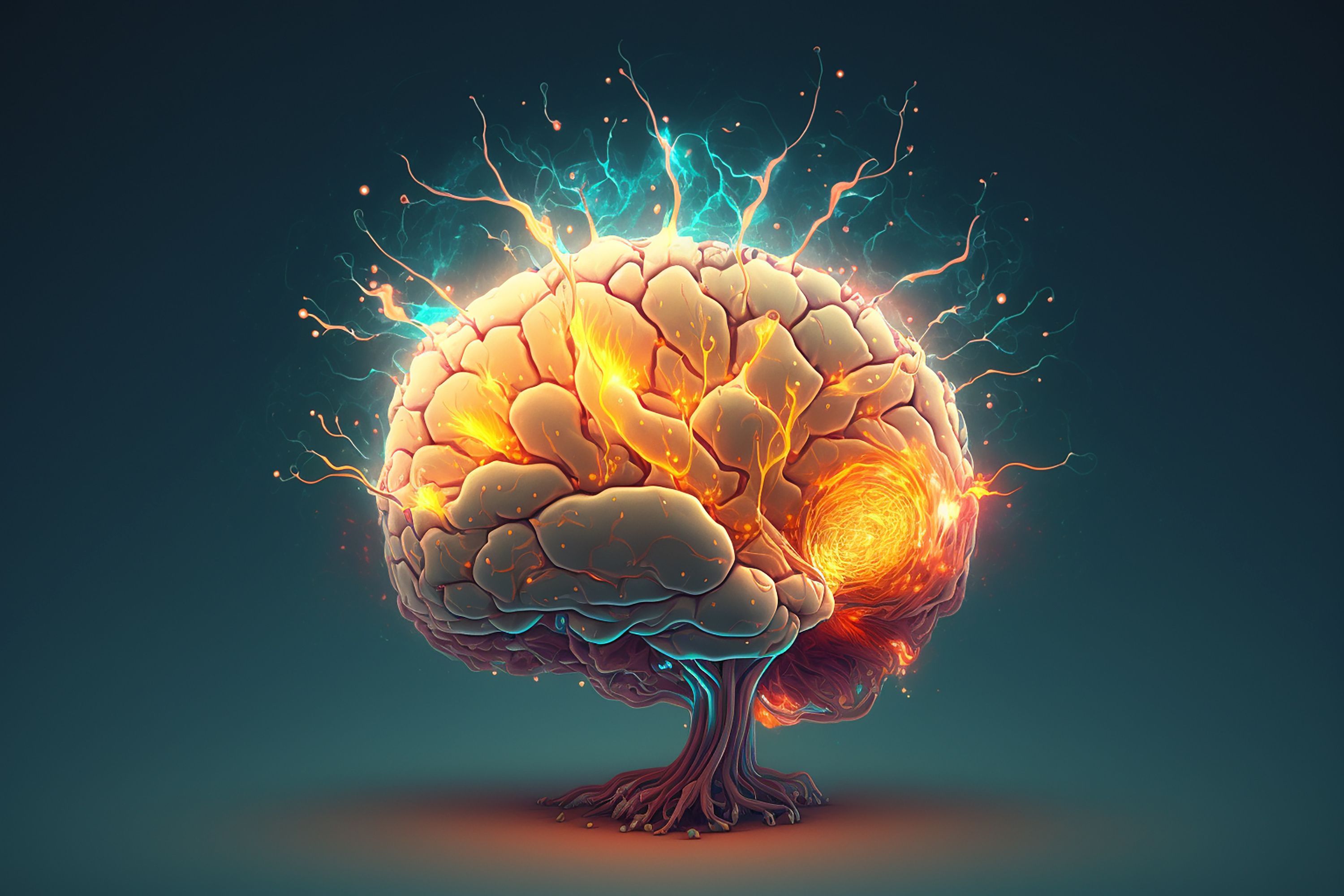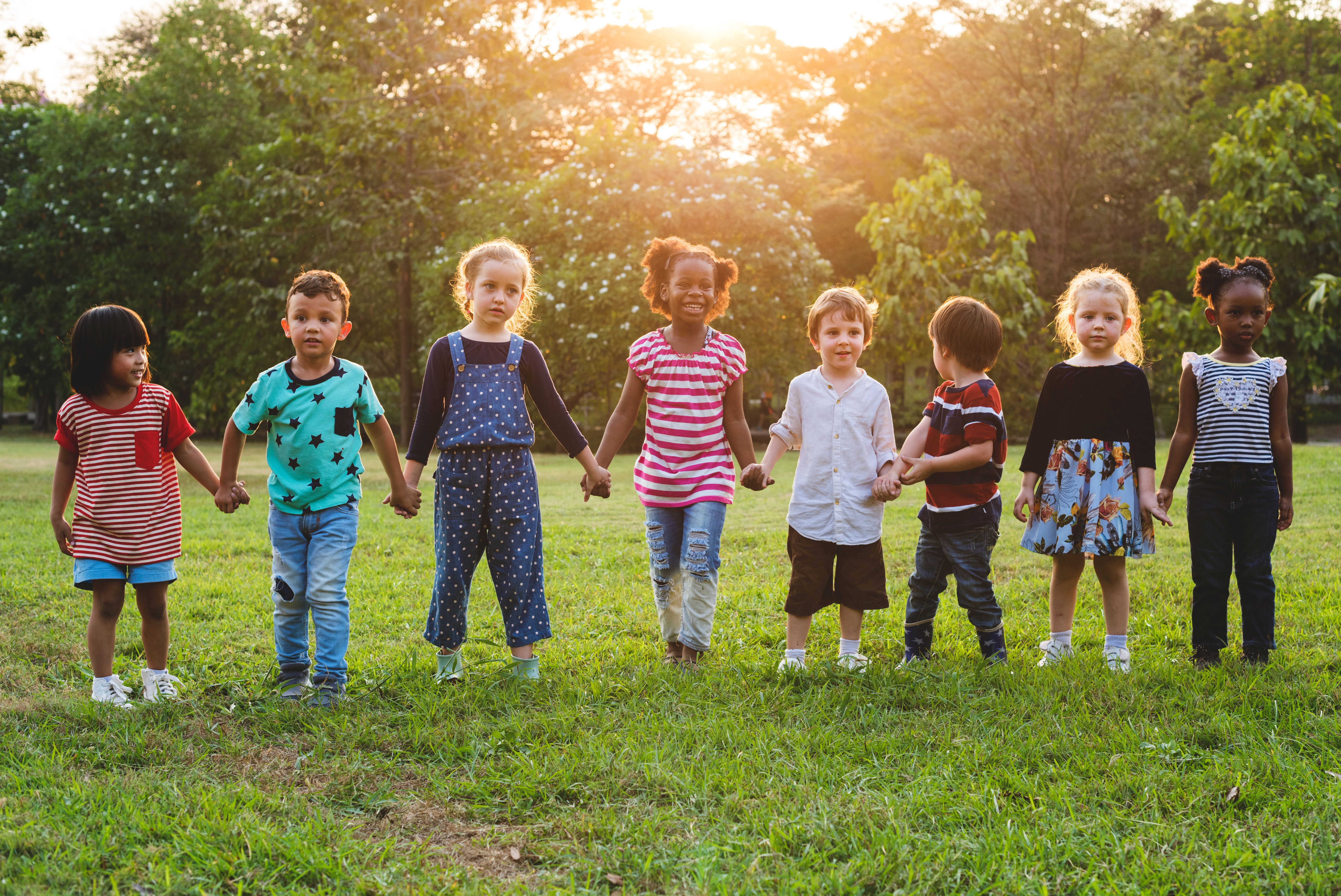Article
Concerning Content: TikTok’s Effect on Child and Adolescent Mental Health
Author(s):
TikTok has over 1 billion users and dominates youth culture. But is it damaging their mental health?
De Visu/AdobeStock

Q&A
TikTok, the global sensation: is this app harmless fun or dangerous? Following the start of a nationwide investigation into the video platform’s negative impacts, Psychiatric TimesTM sat down with Jaclyn Halpern, PsyD, from Washington Behavioral Medicine Associates to talk all about it.
Psychiatric Times (PT): State attorneys general from several states have launched a nationwide investigation into TikTok and its possible harmful effects on young users’ mental health. What does the medical literature/research show about TikTok and its impact?
Halpern: Research specific to social media and TikTok is relatively new, and it continues to emerge. Some research shows that those with attentional difficulties may experience more struggles with social media. Other research has concluded that children with complex mental health and environmental stressors or trauma may see at least temporary increases in emotional symptoms after social media use.
Social problems based in personal values and ethics impacted by social media use have also been found. However, data is limited, causation has yet to be clearly established, personal factors impacting positive and negative outcomes are unclear, and long-term impact has yet to be fully studied given that social media use and related research is relatively new. Additionally, studies on individual platforms like TikTok, as opposed to social media as a whole, are very limited. Given that research is mixed, not definitive, and in its very early stages and while there is clear cause for concern, there are likely both positive and negative outcomes resulting from social media use.
PT: Has research shown it’s more harmful to boys or girls?
Halpern: I have not encountered definitive research suggesting Tik Tok is more harmful based on gender.
PT: About 1 billion users are on TikTok. Do you think it’s become too large to control at this point? Is that part of the problem?
Halpern: TikTok is indeed a large platform. While there are parental controls available, not all parents have the knowledge to protect their children from inappropriate content. Though there is a restricted mode, the size of the site may well allow inappropriate content to slip through.
Additionally, not all subject matter can be properly filtered, and what families find appropriate for one child may be inappropriate for another. Given this, the size of TikTok makes it likely that any child using the platform will be exposed to inaccurate information, and something potentially upsetting, harmful, or traumatizing, even with parental monitoring and careful use.
PT: During the pandemic, TikTok became the forefront for trends: baking bread, whipped coffee, dances. Are there any potential positives you see in the app? Has it helped sort of bring us together?
Halpern: Absolutely. There are a range of benefits that can come from using TikTok and other social media platforms. This includes allowing people to interact over their interests; learn a new hobby; promote their businesses and creations; share content that is playful, fun, or educational; peacefully mobilize around social and political issues; establish a sense of identity; and even learn about other cultures. Positive TikTok content can be empowering and educational. Particularly during the pandemic, it became a source of both entertainment and connection for many. This was critical to the well-being of many during a time of isolation and fear.
PT: On the flipside, have things like the TikTok dances contributed to the oversexualization of young people’s bodies?
Halpern: It is reasonable to conclude that some of the content on TikTok, including some of the dances, may lead to oversexualization of young people’s bodies. Oversexualization of children by media in general is a long-standing concern, particularly for females. These concerns are based in standards of beauty and sexuality portrayed by the bodies and styles of models and performers, as well as song lyrics, dances, music videos, and portrayals of children and teens in videos, TV, and movies. Recent press and publicized anecdotes also suggest a potential negative impact on body image for all genders. To fully understand oversexualization caused by TikTok, specific research on the impact of dances and other potentially sexual content available on the platform is needed.
PT: Representative Cathy McMorris Rodgers of Washington, the senior Republican on the House Energy and Commerce Committee, has said that: “TikTok threatens the safety, mental health, and well-being of our kids.”1 Do you think this opinion is in any way related to adults’ lack of understanding and fear of this new method of engaging for their kids?
Halpern: Based on the research currently available, there is evidence that adults’ lack of understanding and fear are factors when making judgments about the negative impacts of TikTok and other social media platforms. However, there is also reason for concern given the content available on TikTok, differences in ethics and values surrounding TikTok’s content, the pressures children and teens may feel based on TikTok’s content, and the possibility of encountering an online predator when using the app. Ultimately, research has begun to show both risks and positives for youth using TikTok and other social media platforms.
PT: The focus is on TikTok here, but what about Instagram, Snapchat, and other forms of social media? What does the current medical literature say about their harmful effects, and are they not similar to TikTok in their promotion of things like eating disorder content?
Halpern: There is a critical need for research on the impact of individual platforms and content. Current research has shown a mix of both positive and negative outcomes resulting from social media use. As with TikTok, there is early research suggesting both positive (eating disorder recovery) and negative (pro-anorexia and pro-bulimia) impacts of eating disorder content on multiple social media platforms.
PT: One social media influencer in Germany may have contributed to what researchers are calling a “mass social media-induced illness,” in which patients were presenting with Tourette symptoms and tics closely resembling the social media influencer’s tics.2 Apps like TikTok may help spread awareness of mental illness, but do you think it also contributes to self-diagnosis?
Halpern: Yes, absolutely. That said, self-diagnosis can be both positive and negative. For some, self-diagnosis opens the door to better self-understanding and improved self-esteem, and may lead to seeking medical diagnosis and support. For others, self-diagnosis may be detrimental and even dangerous, particularly if the conclusions drawn are inaccurate or based in faulty information.
PT: Finally, what advice would you give to any mental health clinicians talking to children and adolescents and their parents about social media?
Halpern: Mental health clinicians should continue to monitor the research on social media use in order to make accurate recommendations when talking to children, adolescents, and their parents. They should consider individual factors, and help families weigh the pros and cons of social media use, including the pros and cons of different social media platforms. Additionally, mental health clinicians should encourage parents to explore parental controls that might be effective and appropriate for their families. They should also encourage families to discuss appropriate monitoring of their child’s social media use, based on the family’s values and individualized needs.
PT: Thank you!
Dr Halpern is the Director of the SOAR program at Washington Behavioral Medicine Associates.
References
1. Associated Press. California among states launching probe into TikTok’s effect on kids’ health. KTLA. March 2, 2022. Accessed March 4, 2022. https://ktla.com/news/california/california-among-states-launching-probe-into-tiktoks-effect-on-kids-health/
2. Kuntz L. Tourette’s or mass sociogenic illness? You decide. Psychiatric Times. September 23, 2021. https://www.psychiatrictimes.com/view/tourettes-or-mass-sociogenic-illness-you-decide






